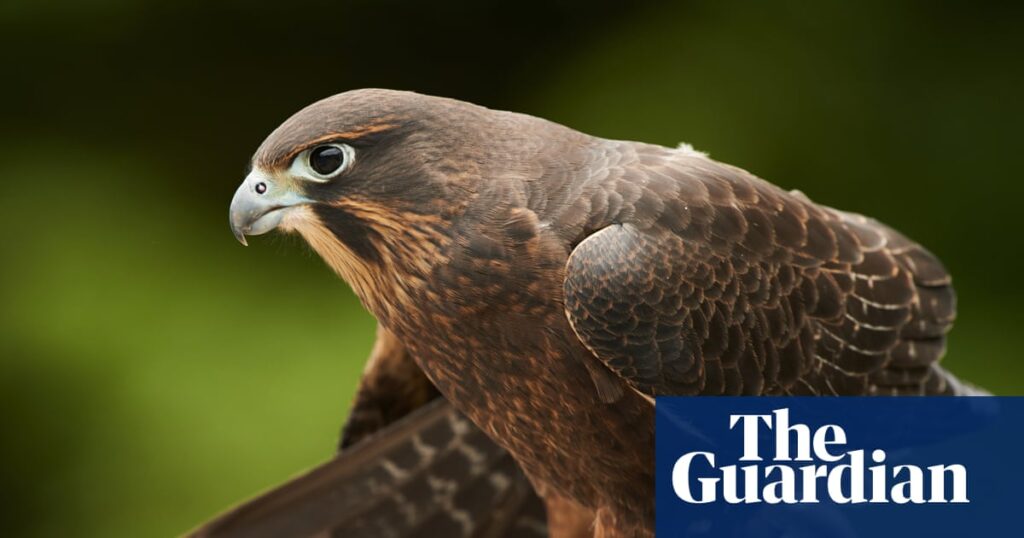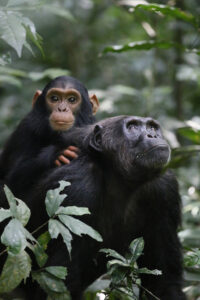
New Zealanders are being cautioned to steer clear of the nation’s celebrated ‘bird of the year’—the kārearea—after reports emerged that the swift falcon has been dive-bombing walkers who venture too close to its nesting sites. The kārearea, crowned bird of the year in September during the country’s long-standing annual competition, is renowned for its impressive speed and hunting prowess.
The kārearea is New Zealand’s fastest bird, capable of reaching speeds of up to 200 km/h as it hunts its prey. With powerful talons and keen eyesight, these falcons are formidable aerial hunters, often targeting birds, lizards, or small mammals from a high vantage point before swooping down to capture them. However, during nesting season, their territorial instincts become heightened, leading to protective behaviors that some hikers have experienced firsthand.
Encounters with the Protective Kārearea
Ellie Morgan, a photographer, recounted her encounter with the kārearea in Hanmer Springs, located in the South Island. “I heard them before I saw them, then they swooped down on me a few times and circled me from above,” she shared. “I got a few good shots of them in the sky but didn’t hang around long as I had clearly upset them and thought they must be protecting a nest,” she noted in a Facebook post.
Recently, the Hutt City Council, situated north of Wellington, issued a warning to the public to avoid a particular bush track in the region after nesting kārearea were observed. “They have unfortunately been attacking track users on the path,” the council stated. “We recommend avoiding this area for now and giving the 2025 bird of the year winners some space during the nesting season.”
Public Reactions and Expert Insights
Dianna Thomson, a Wellington resident, shared her experience with broadcaster RNZ while on a bush walk with her son. “This kārearea swooped over my head, like really close,” she said, expressing newfound respect for the bird. “It was pretty cool really … It’s good to know our place in the world, isn’t it?”
According to the Department of Conservation, there are approximately 5,000 to 8,000 kārearea remaining. These birds inhabit forests across the country but face threats from introduced predators such as cats, hedgehogs, and stoats, which prey on their ground-dwelling eggs.
Understanding the Kārearea’s Behavior
Ali Meade, conservation delivery manager at Forest & Bird, explained that kārearea breed from spring until summer and will fiercely defend their young until they are ready to leave the nest. “The birds display territorial behavior within a 400m radius of their nest, but going within 50m of the nest will get them ‘really, really excited,’” she told The Guardian. “They dive-bomb you … normally at the top of the head,” Meade added, noting that the birds typically avoid direct contact to protect themselves.
Habitat destruction has confined the birds to smaller areas, often intersecting with walking tracks. “We’re possibly coming into contact with them a bit more,” Meade remarked. She advised walkers to avoid areas marked with ‘kārearea nesting’ signs and to calmly and quickly exit the area if they find themselves within swooping distance.
Preserving New Zealand’s Natural Heritage
The kārearea’s defensive behavior highlights the delicate balance between human activity and wildlife conservation. As New Zealand continues to celebrate its unique avian species, efforts to protect their habitats remain crucial. The public is encouraged to respect these majestic birds by maintaining a safe distance during the sensitive nesting period, ensuring that both humans and kārearea can coexist peacefully.
As the nesting season progresses, conservationists and local authorities will continue to monitor the situation, providing guidance to the public on how best to navigate areas where these birds are present. The kārearea’s story serves as a reminder of the importance of respecting wildlife and the natural environments they inhabit.







